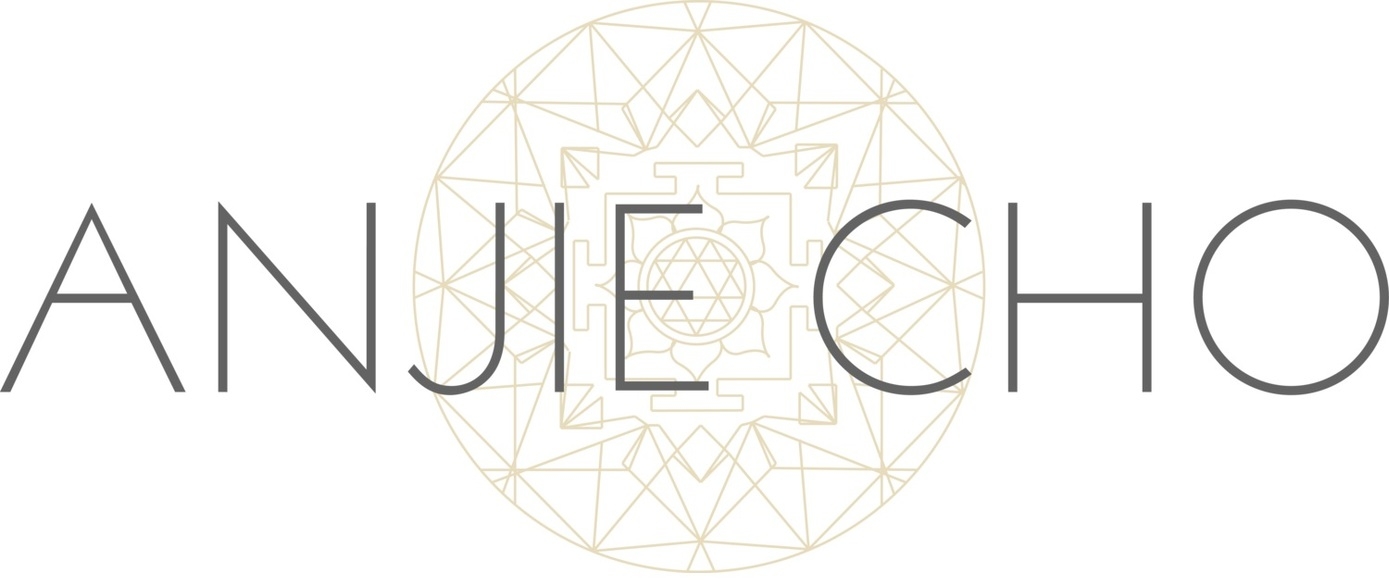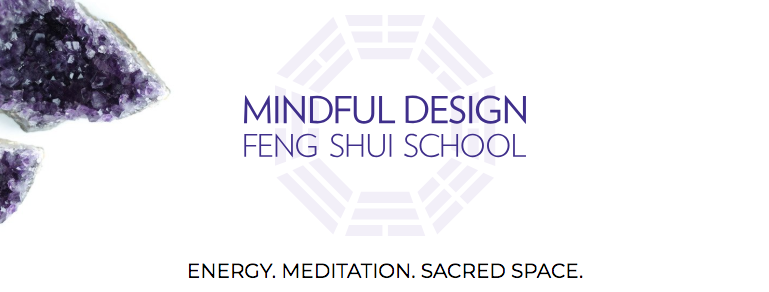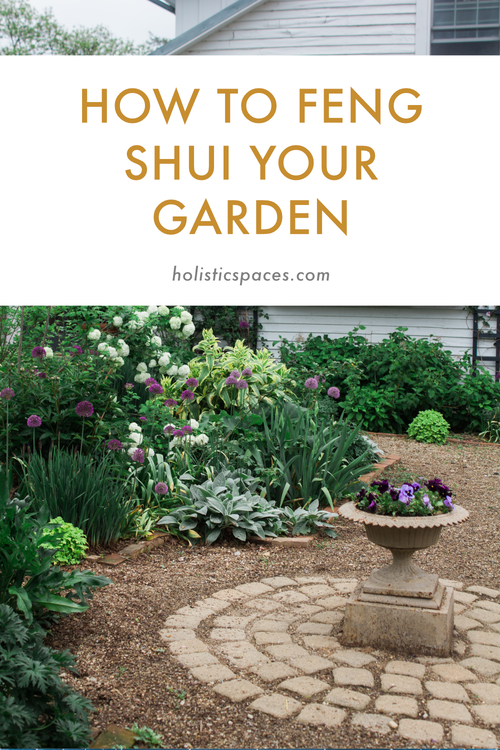Photo by Madison Inouye on Pexels
What are the best types of plants for feng shui, and where should I put them?
I get a lot of questions about feng shui and plants! First, I want to emphasize that not every plant in your home has to be a feng shui adjustment. A lot of people get really worried and wound up about whether certain plants are good feng shui, but it’s really not necessary. You can have plants in your home that are there just because you love them, and not for feng shui reasons.
In general, indoor trees and plants provide positive life energy in a home. The qi of living green plants is especially uplifting and life-affirming, and houseplants are great because they allow us to bring more nature inside.
However, when you purchase a new plant with the intention of using it as a feng shui adjustment, there are a few general guidelines. Most of the time, softer, rounder leaves are preferable, because this provides a softer, gentler energy. Plants with spiky needs and sharp thorns are best avoided for feng shui applications. However, if you already have a spiky plant that you love, it’s ok to keep it, as long as it’s healthy. Also, you always want to research the types of plants you are thinking about to make sure they are suited for your space. A plant that isn’t getting the right amount of light or humidity, for example, won’t thrive, and that’s not good feng shui.
When it comes to placing the plant in your space, one way to approach it is to locate it in an area of the feng shui bagua where you would like to see growth, new beginnings, and flexibility. Pick one area rather than trying to adjust everything all at once. It’s possible that the area you want to work on won’t accommodate plants, and if that’s the case, you’ll have to do something else. Sometimes it’s nice when life gives you some parameters and guidelines. Knowing that you need to have some natural sunlight to accommodate a plant may help you narrow down which bagua area to work on.
Want to learn more about plants and feng shui? Check out Mindful Design’s free guide to using plants to feng shui your home! It includes a room-by-room guide, plant suggestions for each area of the bagua, and some of our favorite plant tips.
Thanks for reading our "Q&A Sunday". If you have personal questions, we encourage you to check out Practical Feng Shui or hire one of Anjie's Grads.
If you’d like to learn more about feng shui, check out Mindful Design Feng Shui School at: www.mindfuldesignschool.com






